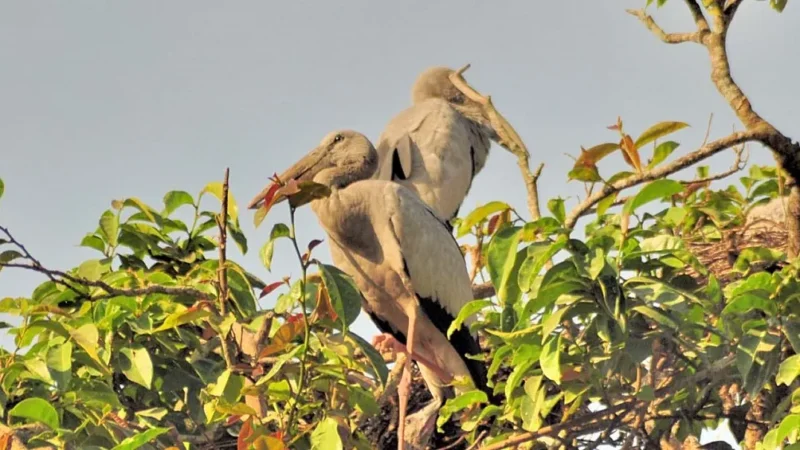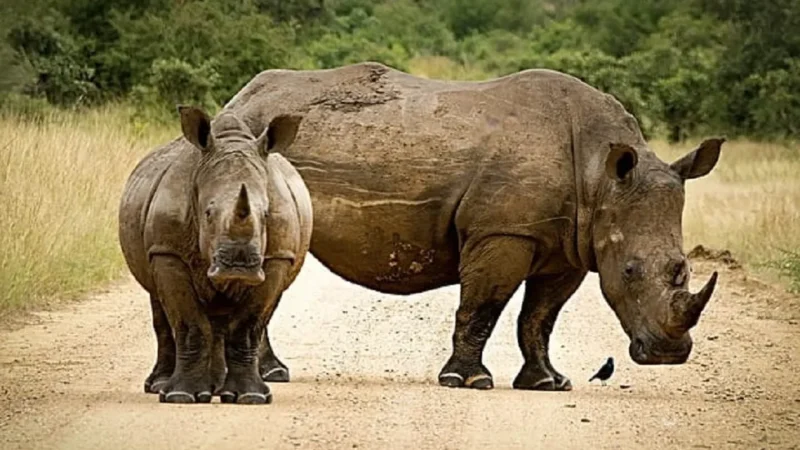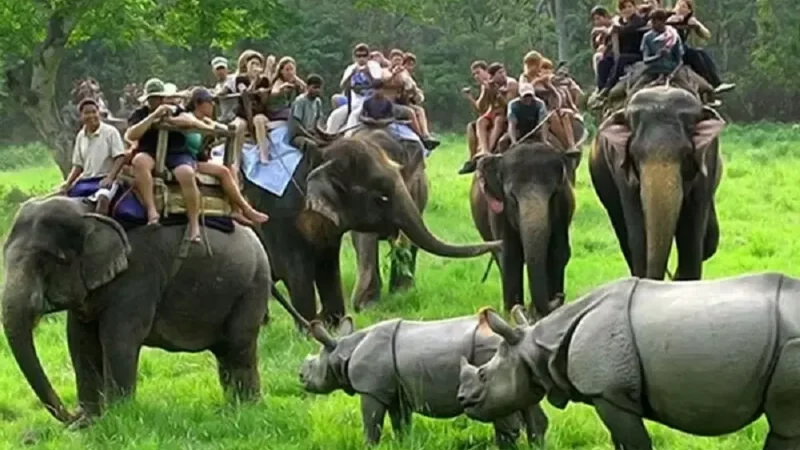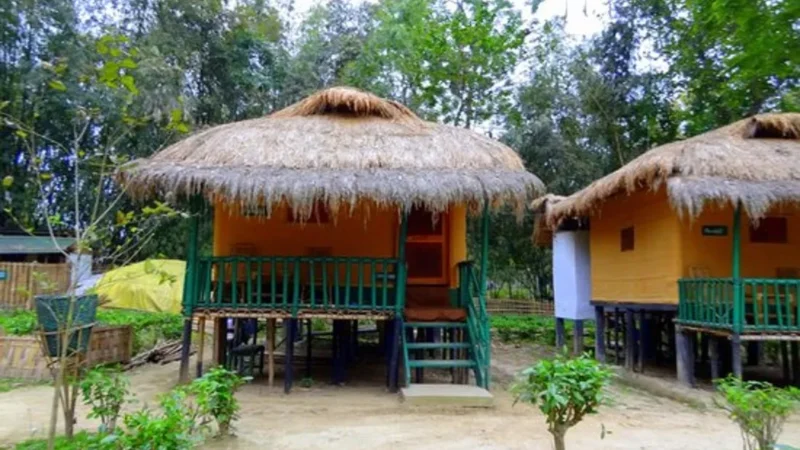History of Kaziranga National Park
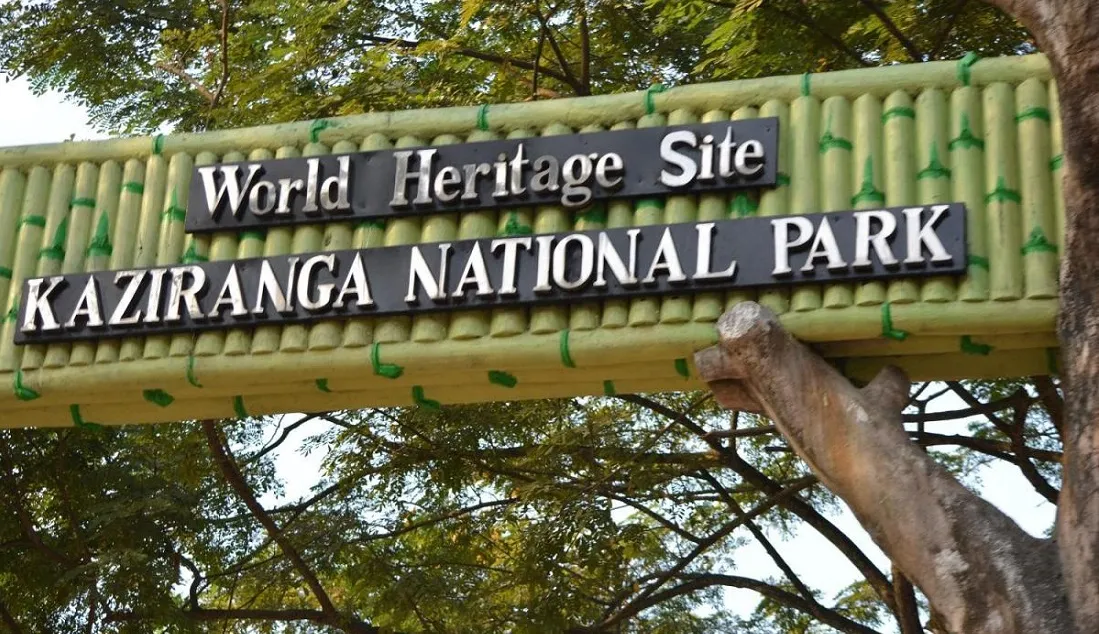
Kaziranga National Park History
Kaziranga National Park has a rich history from the early 20th century. Here’s a detailed account of the park’s history:
- In 1904, Mary Victoria Leiter Curzon, the wife of Lord Curzon, the then Viceroy of India, visited the area and was deeply moved by its natural beauty. She suggested that the area be set aside as a wildlife sanctuary.
- In 1905, the Kaziranga Proposed Reserve Forest was created with an area of 232 sq km to protect the rhinoceros population.
- In 1916, Kaziranga was declared a Reserve Forest. It was placed under the management of the Assam Forest Department.
- In 1937, the Assam government passed the Assam Rhinoceros Bill, which protected the rhinoceros population in the area. The bill also gave the government the power to create a sanctuary for the rhinoceros.
- In 1938, Kaziranga was officially designated as a wildlife sanctuary, covering an area of 430 sq km. The sanctuary was established to protect the one-horned rhinoceros population, which was on the brink of extinction.
- In 1950, the Kaziranga Wildlife Sanctuary was upgraded to a National Park, covering an area of 859 sq km.
- In 1974, the Indian government passed the Wildlife Protection Act, which gave the park more excellent legal protection.
- In 1985, UNESCO declared Kaziranga a World Heritage Site for its unique natural environment and the presence of the one-horned rhinoceros.
- Over the years, the park has faced several challenges, including poaching and encroachment. Poachers have killed rhinoceroses for their horns, which are highly valued in traditional medicine. The park has also been affected by floods, a common occurrence in the region.
- However, the government and conservationists have taken steps to protect the park and its wildlife. Anti-poaching measures have been put in place, and the park has a well-trained team of forest guards who patrol the area around the clock. The government has also implemented a relocation program for the people who live inside the park boundaries.
- Today, Kaziranga National Park is one of the most well-known wildlife sanctuaries in the world, attracting tourists from all over the globe. It is home to several endangered species, including the one-horned rhinoceros, the Bengal tiger, and the Asian elephant. The park is a prime example of successful conservation efforts in India.

